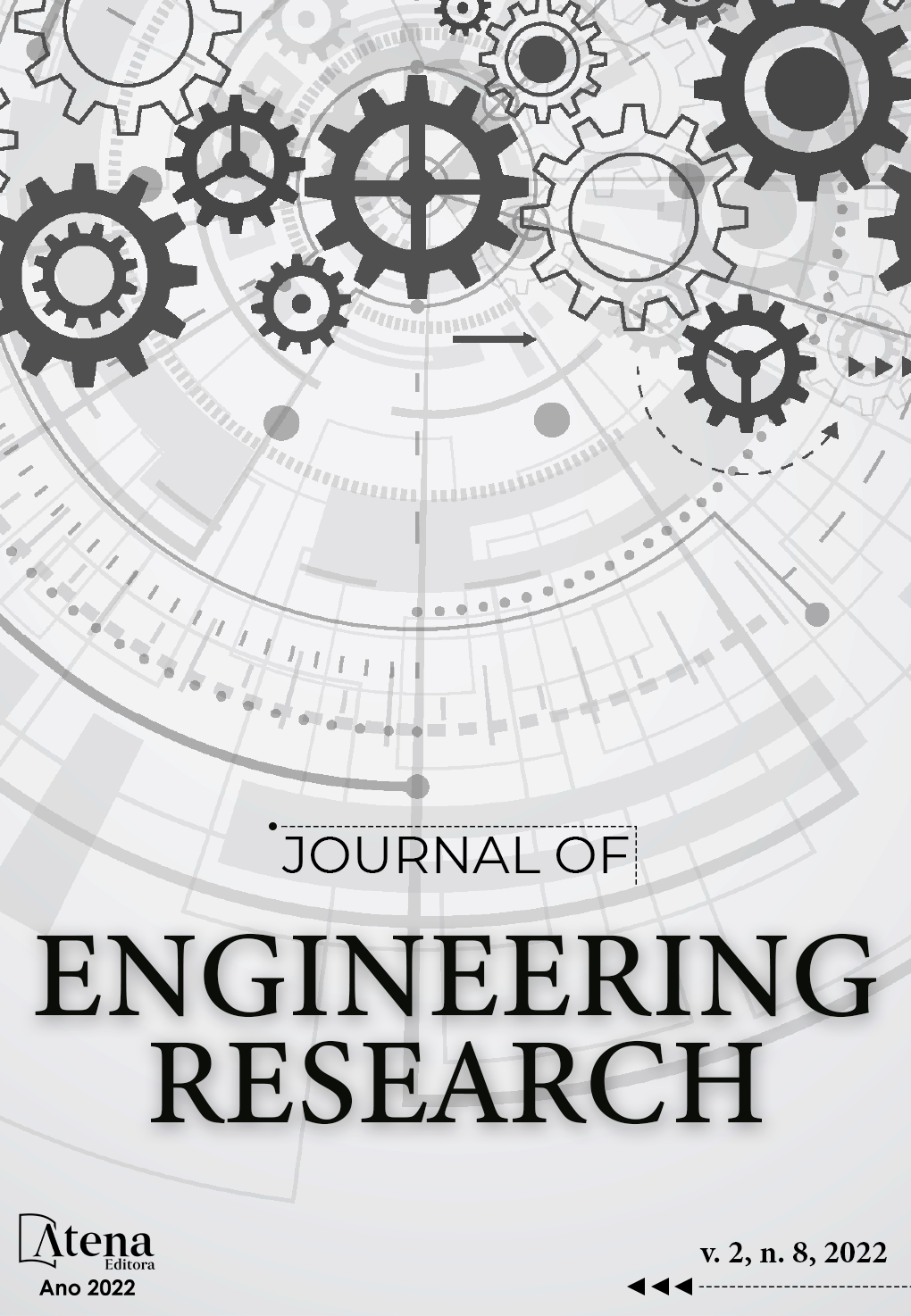
EVALUATION OF THE MICROBIOLOGY OF ACTIVATED SLUDGE IN SEWAGE TREATMENT PLANTS IN THE METROPOLITAN REGION OF RIO DE JANEIRO
The activated sludge system, widely used worldwide, consists of an aerobic biological treatment of sewage. Activated sludge microfauna components play an important role in effluent clarification and can be used as process indicators. The determination of the Sludge Biotic Index - IBL is a model used to evaluate the effectiveness of treatment processes. Biological floc and filament diameter measurements help in the evaluation of sludge sedimentability. The objective of the study was to evaluate the microbiology of activated sludge from five Sewage Treatment Plants operated by activated sludge in the Metropolitan Region of Rio de Janeiro, aiming to correlate population dynamics with operational conditions. One of the ETEs performs co-treatment of leachate from a sanitary landfill and this influence was also evaluated. For the study, field measurements, physical-chemical analyses, qualitative and quantitative analyzes of the microfauna, measurements of floc diameter and length of filamentous bacteria were carried out. The results were correlated with physical-chemical and operational parameters and the IBL was calculated. It was verified the occurrence of all the morphofunctional groups of the microfauna. Density and species richness analyzes showed diversified microfauna and dominance of flake predatory ciliates, sessile ciliates and thecamebas that indicated good clearance and high quality effluent for most of the studied period. Statistical tests showed the following correlations: naked amoebas indicated a high food/microorganism ratio and BOD removal; small flagellates indicated poor clearance; flake predator ciliates, good clearance and Aspidisca cicada occurrence of nitrification; micrometazoans indicated high sludge age and BOD removal. The IBL proved to be applicable to the evaluation of treatment efficiency. Floc diameter analyzes related small flocs to low organic load and shear caused by mechanical aeration. The volume of landfill leachate contributed to the increase in floc diameter and interfered with the species richness and population of thecamebas. The proliferation of filamentous bacteria influenced the sedimentability of the sludge and was caused by changes in the following factors: pH and dissolved oxygen concentration. Filamentous bacteria also contributed to the efficiency of removal of BOD and total suspended solids in the effluent.
EVALUATION OF THE MICROBIOLOGY OF ACTIVATED SLUDGE IN SEWAGE TREATMENT PLANTS IN THE METROPOLITAN REGION OF RIO DE JANEIRO
-
DOI: 10.22533/at.ed.3172822190510
-
Palavras-chave: Microfauna, Activated Sludge, Sewage Treatment, Biological Floc, Filamentous Bacteria.
-
Keywords: Microfauna, Activated Sludge, Sewage Treatment, Biological Floc, Filamentous Bacteria.
-
Abstract:
The activated sludge system, widely used worldwide, consists of an aerobic biological treatment of sewage. Activated sludge microfauna components play an important role in effluent clarification and can be used as process indicators. The determination of the Sludge Biotic Index - IBL is a model used to evaluate the effectiveness of treatment processes. Biological floc and filament diameter measurements help in the evaluation of sludge sedimentability. The objective of the study was to evaluate the microbiology of activated sludge from five Sewage Treatment Plants operated by activated sludge in the Metropolitan Region of Rio de Janeiro, aiming to correlate population dynamics with operational conditions. One of the ETEs performs co-treatment of leachate from a sanitary landfill and this influence was also evaluated. For the study, field measurements, physical-chemical analyses, qualitative and quantitative analyzes of the microfauna, measurements of floc diameter and length of filamentous bacteria were carried out. The results were correlated with physical-chemical and operational parameters and the IBL was calculated. It was verified the occurrence of all the morphofunctional groups of the microfauna. Density and species richness analyzes showed diversified microfauna and dominance of flake predatory ciliates, sessile ciliates and thecamebas that indicated good clearance and high quality effluent for most of the studied period. Statistical tests showed the following correlations: naked amoebas indicated a high food/microorganism ratio and BOD removal; small flagellates indicated poor clearance; flake predator ciliates, good clearance and Aspidisca cicada occurrence of nitrification; micrometazoans indicated high sludge age and BOD removal. The IBL proved to be applicable to the evaluation of treatment efficiency. Floc diameter analyzes related small flocs to low organic load and shear caused by mechanical aeration. The volume of landfill leachate contributed to the increase in floc diameter and interfered with the species richness and population of thecamebas. The proliferation of filamentous bacteria influenced the sedimentability of the sludge and was caused by changes in the following factors: pH and dissolved oxygen concentration. Filamentous bacteria also contributed to the efficiency of removal of BOD and total suspended solids in the effluent.
-
Número de páginas: 17
- Selma Gomes Ferreira Leite
- Inácio Domingos da Silva Neto
- Alessandra Pereira Ribeiro da Silva


